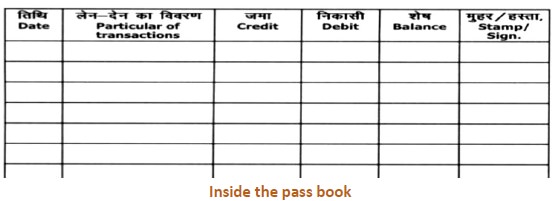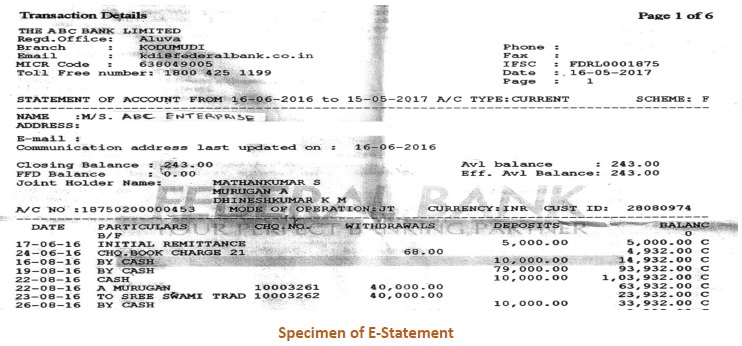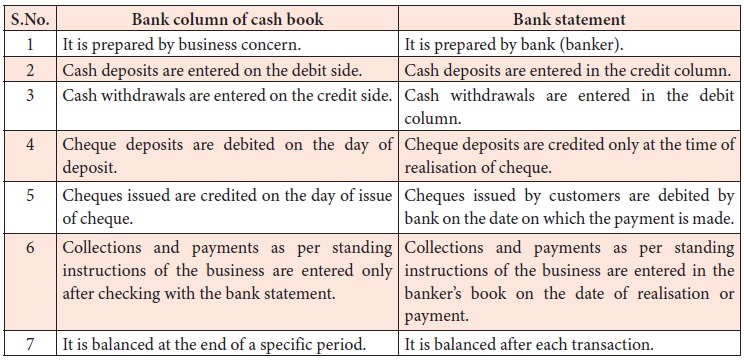Accountancy - Bank statement or bank pass book | 11th Accountancy : Chapter 8 : Bank Reconciliation Statement
Chapter: 11th Accountancy : Chapter 8 : Bank Reconciliation Statement
Bank statement or bank pass book
Bank statement or bank pass book
It is very
common in business these days, to deposit cheques received and cash, with the
bank. Payments can also be made through
bank. Because, dealing cash through bank is always safe.
Also, it is legally necessary to operate the
transactions through bank beyond a certain limit.
When any bank transaction is undertaken, two
records are kept of the transactions. One is kept by the business [customers to
the bank], which is the cash book. The other one is kept by the bank, which is
bank record [bank statement]. In other words, it can be said that the cash book
maintained by the business [customer of a bank] and the ledger accounts
maintained by the bank, record the same transactions. Bank statement or bank
pass book is simply a copy of the customer’s account in the books of a bank. A
bank may send a statement at regular intervals to its customers. It shows all
the deposits, withdrawals and the balance available in its customer’s account,
on a particular date. In recent times, the copy of the records can be obtained
by the customer electronically, which is called E-statement.

Various types of accounts such as savings account,
fixed deposit account, current account, etc., can be opened with the bank by
different types of customers. But, current account is the most suitable for
business concerns. The facility of bank overdraft is not available to any
account other than current account.



When the
entries in the bank statement are compared with the cash book, it will be found
that the accounting treatment is reverse in the cash book. This is because the
cash book is prepared from the point of view of business, whereas the bank
statement is prepared from the bank’s point of view.
Following the double entry system, the credit
balance in the bank pass book represents the debit balance as per the cash book
and vice-versa. This is because, bank is a debtor for the business and business
unit (customer to the bank) is a creditor for the bank when there is a
favourable balance in the bank. When money is deposited by the business into
the bank, customers account is credited in the bank’s book, as this is the
amount owed by the bank to its customer. Similarly, when the money is withdrawn
or taken out of the bank by the business, customer’s account is debited as this
decreases the amount owed by the bank to the customer. As a result of this,
favourable balance, as per bank statement (bank pass book), will appear as a
credit balance and overdrawn balance as a debit balance.
Bank overdraft
It is not possible to have unfavourable cash
balance in the cash book. But, it is possible to have unfavourable balance in
the bank account. When the business is not having sufficient money in its bank
account, it can borrow money from the bank. As a result of this, amount is
overdrawn from bank.

Differences between bank column of cash book and bank statement
Following are the differences between bank column
of cash book and bank statement:

Related Topics